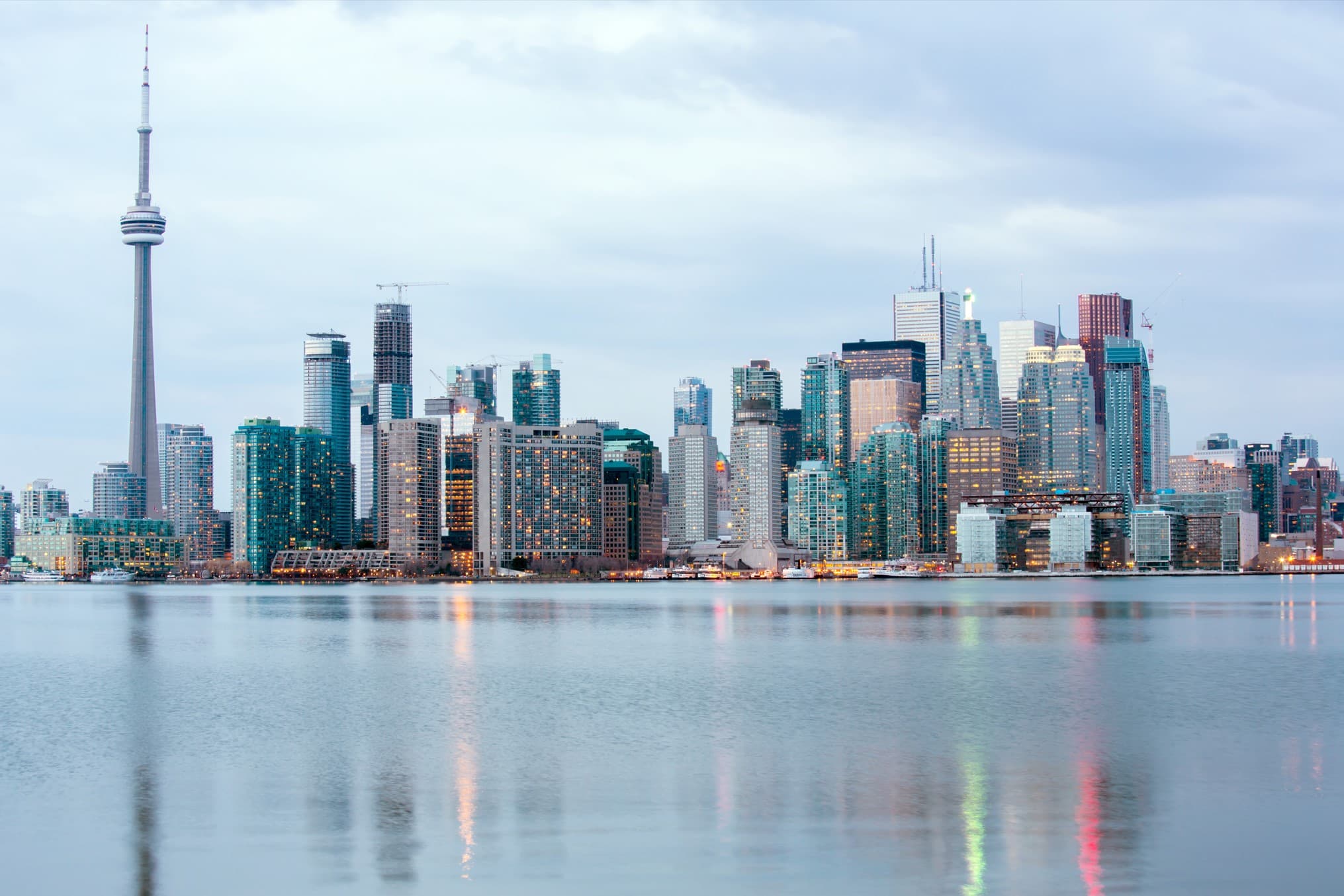Many developers of multi-family properties in the Greater Toronto Area have been reviewing pro formas in disbelief as costs continue to climb on an almost weekly basis over the past several years.
In this article we take a deep dive into Toronto’s perfect storm of construction cost escalation and volatility to identify a high priority list of negative factors all stakeholders in today’s multi-family development market should keep their eye on.
How did construction costs in the GTA get this bad?
Over the past five years, construction costs in the GTA have been rapidly increasing while also being highly volatile and difficult to predict due to global events.
Each year since 2016, GTA apartment unit construction starts have exceeded completions - a relentless increase in demand that has resulted in over 110,000 high rise apartments currently under construction. The consequential impact on construction costs has been considerable: an increase of 50% in a mere 5 years.
During this period, we saw two notable spikes in the rate of increase. The first was triggered in 2017, when record-setting sales of new condominium units unleashed a frenzy of demand and consumed all available capacity. The second was triggered at the onset of the pandemic, supported by unyielding demand, and exacerbated by geopolitical instability. Its symptoms include work disruptions, broken supply chains, trade barriers, geopolitical instability, and massive commodity price increases. During both these periods, cost increases, historically in the range of 2% to 4% annually, reached 10% or more. In addition, these peak years were also adjacent to years of unusually high cost escalation.
How did we get here? By breaking down negative factors impacting construction costs into two main categories – hard costs and soft costs – we can pinpoint the main contributors.
Hard costs
We’ll begin this deep dive into cost escalation and volatility with contributing factors that have been impacting hard costs the most. The following are key issues driving hard cost escalation.
Fixed revenue with climbing costs
In 2021, construction costs for residential buildings increased by about 10% in Toronto. And with the Bank of Canada’s benchmark interest rate having risen 125 basis points in the past four months, construction loans are also becoming more expensive.
For condominium developers to secure financing in the Toronto residential market, they must sell 70% of the units. So, revenue is fixed before construction starts and the time period from preconstruction to occupancy is in the range of four years.
On the purpose-built rental side, you do not know your revenue until stabilization, but have to commit all your capital with an educated leap of faith. Meanwhile, costs are spiraling upwards, reducing profit margins and making development more risk-laden.
By the end of 2022, we are projecting that high-rise residential construction costs in the GTA will be 7% to 10% higher than they were last year. At the same time, interest rates are rising, which compounds those costs – while higher rates also contribute to falling resale prices. A project that originally looked financially successful on paper may be in trouble by the time construction costs are set (or worse, half-way through construction).
Massive supply chain disruptions
In the past couple of years there have been major disruptions to global and national supply chains caused by pandemic disruption, the Russia-Ukraine war, COVID lockdowns in China, and storms in BC last fall causing flooding and mudslides that closed highways and rail lines. Shipping times doubled, then tripled from historical levels.
Skyrocketing commodity prices
Commodity prices have been on a turbulent ride since the start of the pandemic – with nominal commodity prices doubling since summer 2020. The pandemic accelerated the shortage of housing supply and commodities were in big demand, especially lumber.
More recently, the war in Ukraine brought disruption to the supply of many commodities, further escalating prices.
Formwork is a major contributor to cost escalation
Formwork, which can comprise up to 25% of the total cost of building a high-rise, represents three-quarters of cost escalation year over year, driven by lack of capacity and excess demand.
Since the trades involved in concrete construction are local, these rising costs have little connection to global commodity prices and supply chains.
Labour has multiple challenges
The productivity, quality, duration and cost of projects have all been impacted by a lack of skilled, experienced labour. Retirements are historically high, and recruitment is historically low. How serious an issue this is cannot be understated, this will exacerbate the issue in the future if not solved.
Between 2016 and 2021 the number of people employed by the construction sector and living in the GTA fell, contributing to labour shortages (Source: The Construction Industry Driving Economic Recovery, prepared for BILD by Altus Group)
There are also shortages of professional labour – architects, engineers, cost consultants, and planners within the municipalities. This has led to challenges such as timely completion of drawings, lengthier entitlement process, more change orders during construction – and higher costs.
Soft costs
Although overall construction soft costs have been climbing, increases in interest rates and development charges have been particularly severe.
Ongoing interest rate hikes
The Bank of Canada’s recent interest rate hikes have effectively doubled financing requirements for new projects. In an attempt to rein in inflation, on July 13 the bank raised its benchmark interest rate by 100 basis points to 2.5%, the largest increase in more than 20 years.
This was the fourth rate hike since March in an assertive attempt to rein in inflation. Developers now face a sharp increase in the cost of borrowing – for cash flow as well as loans.
Rapid rise of development charges
In recent years, these charges have risen rapidly in Toronto. They are now 80% higher than they were in 2018. And this fall the City will be phasing in another 46% increase over the next two years.
By 2024 the charge for a one-bedroom unit will be $52,367 as compared with $35,910 today. And for a two-bedroom unit, the charge will be $80,218, compared with $55,012 today (and $19,000 in 2015).
These increases further inflate construction costs in a city where developers are already paying among the highest development charges in the country. The July CMHC report, Housing Market Insight, indicates the average government charge per square foot in Toronto is $86 – compared to $70 in Vancouver and $24 in Montreal.
A special mention for capacity
The most significant factor contributing to cost escalation and volatility in the multi-family segment of the GTA market is lack of capacity.
Intensifying demand, insufficient pace of construction and restrictive government policies are the key contributors to capacity restrictions.
Growing demand – Ontario has a critical and chronic level of housing supply. Canada's housing market is the most undersupplied among G7 countries and Ontario’s housing shortage is the worst among the provinces. Just to reach the same level of homes per capita as the average of the other provinces, Ontario needs 650,000 additional housing units (Source: Which Province Has the Largest Structural Housing Deficit, January 2022, Scotiabank).
Here are the key issues driving demand
Population growth
Population growth is ramping up. Canadian population growth was about 527,000 in 2018 and 583,000 in 2019. Ontario represents a significant portion of this – about 200,000 to 250,000 residents. There was a pandemic pause, but in 2021 national growth was 458,000 and Ontario was 182,000.
This will continue to ramp up. Canada’s Immigration Levels Plan aims for 360,000 to 445,000 new permanent residents in 2022, 380,000 to 465,000 in 2023, and 390,000 to 475,000 in 2024 (Source: Immigration, Refugees and Citizenship Canada Departmental Plan 2022-2023).
Immigration imbalance
The federal government’s immigration policies are intensifying demand for homes but limiting the labour pool needed to build them.
Canada has a trades labour shortage and according to the Conference Board of Canada, the country has not accepted enough skilled trade immigrants last year to fill labour market gaps. This will impact the ability to fulfill new housing and affordable housing starts.
In 2021, 38% of homeowners in Canada were immigrants (Source: Which Province Has the Largest Structural Housing Deficit? January 12, 2022, Scotiabank). A January report suggests housing demand is stronger than estimated by official figures due to the undercounting of household formation among new immigrants – the count for 2021 was underestimated by at least 52,000 (Source: The Covid immigrants—Implications for the job market and housing, January 20, 2022, CIBC).
Inaccurate growth projections
Government growth estimates are off track. In Ontario’s Greater Golden Horseshoe area, a combination of underproduction of new housing supply and population growth exceeding forecasts has generated excess demand for housing.
The population forecasts for Ontario's Growth Plan for this area underestimated growth from international sources. Between 2016 and 2021 actual growth in the Greater Toronto and Hamilton area was more than 120,000 above the forecast.
At the same time, by 2021 housing stock in most of these communities was also lower than forecasts – 26,000 fewer housing units (Source: Forecast for Failure, January 2022, Smart Prosperity Institute).
Housing starts
The Canada Mortgage and Housing Corporation released forecasts in June that suggest Ontario’s goal of building 1.5 million homes in the next decade is insufficient to keep up with the rate of population growth. The CMHC warns the province needs 1.85 million additional homes to achieve affordability by 2030 (Source: Canada’s Housing Supply Shortage: Restoring affordability by 2030, June 23, 2022, Canada Mortgage and Housing Corporation).
In Canada, housing is considered affordable when a household spends less than 30% of pre-tax income on shelter.
Construction pace
Pace of construction simply cannot meet demand. The following metrics provide context.
Building permits for both low-rise and high-rise residential homes in Ontario were just below $2 billion per month in January 2020. As of April 2022, the number had increased to more than $3 billion per month.
The number of high-rise units under construction has also increased significantly. In 2016, escalation was about 2-3% per annum and the number of high-rise units in the GTA under construction was around 60,600.
As of July 2022 there are 110,000 units of combined rental and condo high-rise residential units under construction in the GTA. Within the Golden Horseshoe there are about another 10,000 units under construction.
For the past six years, the market has been trying to produce double the number of high-rise units. However, market capacity has only expanded by 25-30%, which is hindering the ability to deliver these projects.
Government policies
New regulations and development charges are creating conditions that make it costlier and more time-consuming to build housing. Here are a couple of the most significant.
The City of Toronto has adopted an inclusionary zoning policy that requires new residential developments near provincial major transit station areas (PMTSAs) to include established percentages of affordable housing units.
Starting in September 2022, this policy requires all residential developments near PMTSAs to include 5-10% of total units as affordable units. Beginning in 2030, 8-22% of total units must be affordable.
Be that as it may, the policy does not provide offsets, incentives or bonuses to compensate for the cost of building these units. This may impact the feasibility of developing these projects, which could have the effect of limiting new housing in these areas.
Version 4 Toronto Green Standards came into effect in May 2022. These standards establish higher sustainability requirements for multi-family developers in Toronto. They are intended to promote sustainable site and building design through four tiers of performance measures. Compliance with the first tier is mandatory to obtain site plan approval. Compliance with higher tiers delivers development charge rebates.
Among the most significant changes in version 4: stricter requirements for developers of new mid- and high-rise residential buildings to reduce greenhouse gas emissions by 25% and energy-use intensity by 28%. They are also required to add more green infrastructure and electric vehicle parking spots, and to plant native species.
Nevertheless, the rebates may not be a sufficient incentive for most developers, who face significantly higher capital costs, along with lengthier construction timelines due to added inspections and approvals.
The result
During a brief period of time, the volume of change in construction costs and soft costs has been, quite simply, unprecedented.
Over the last few years, the solution to cost increases has been increasing revenue. But with interest rates and construction costs rising, real estate prices are starting to soften as it becomes less affordable for buyers to purchase housing units. The ability to continue increasing revenue is becoming doubtful on the condominium side and this will likely lead to a shortage on the rental side placing pressure on affordability in the GTA.
When revenue can no longer increase while costs continue doing so, profitability on a multi-family project can tighten to the point where lenders are unable to provide funding because the project doesn't meet minimum thresholds.
Anecdotally, we’ve already started to see an increasing volume of capital project cancellations – projects slated for imminent launch that are not entering the market because the pro formas do not work. These projects may be put on hold, or the developer may sell the land and walk away from the deal.
Cumulatively, changes to government policies and charges mean the price of a condo unit in 2022 has to rise by about $100,000 to $150,000 to cover the costs these add to construction. And that is becoming unsustainable.
In an upcoming article, we’ll discuss ways multi-family development stakeholder can deal with today’s unprecedented uncertainty and move forward safely and profitably.
Author

Altus Group
Author

Altus Group
Resources
Latest insights
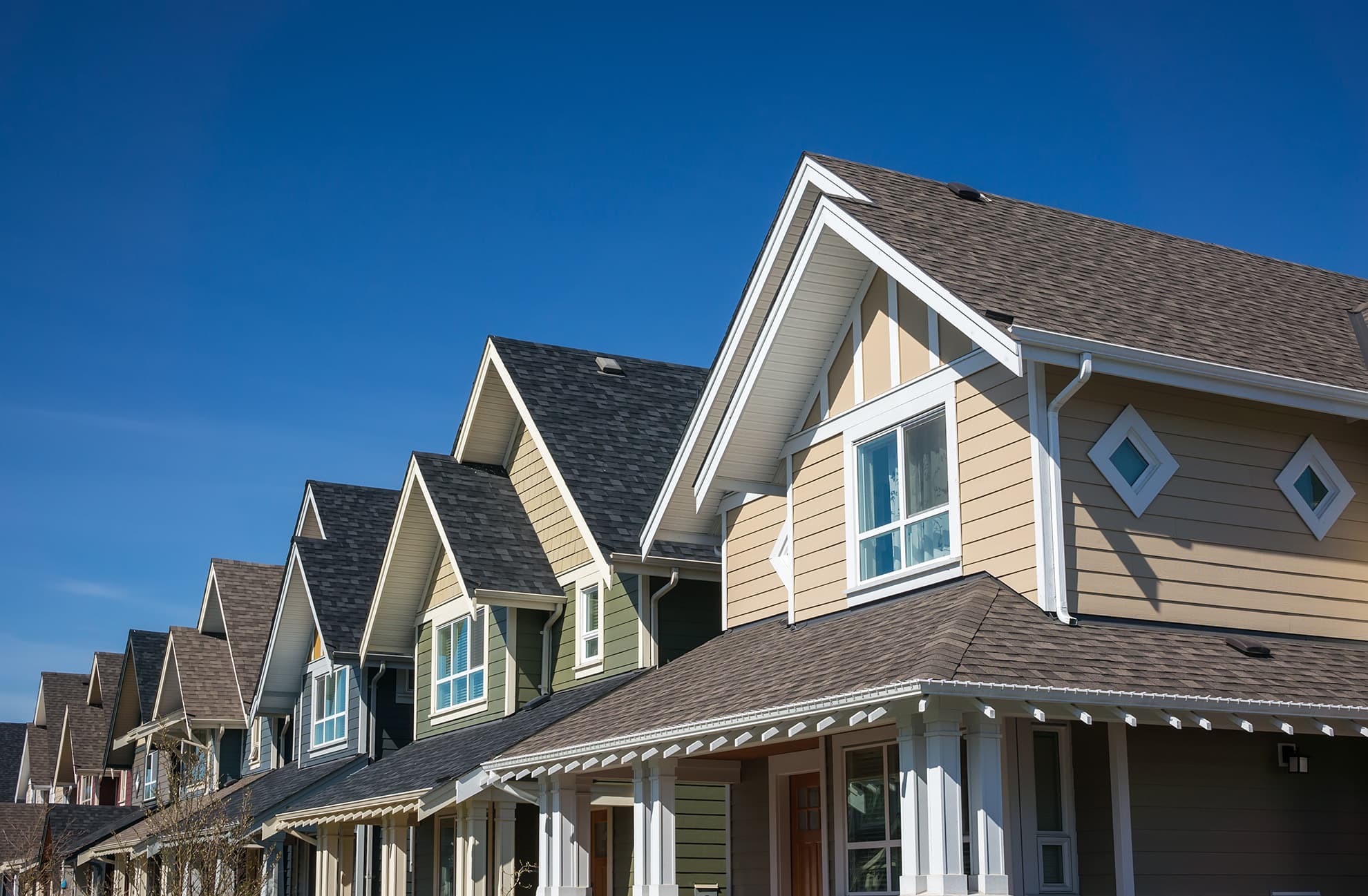
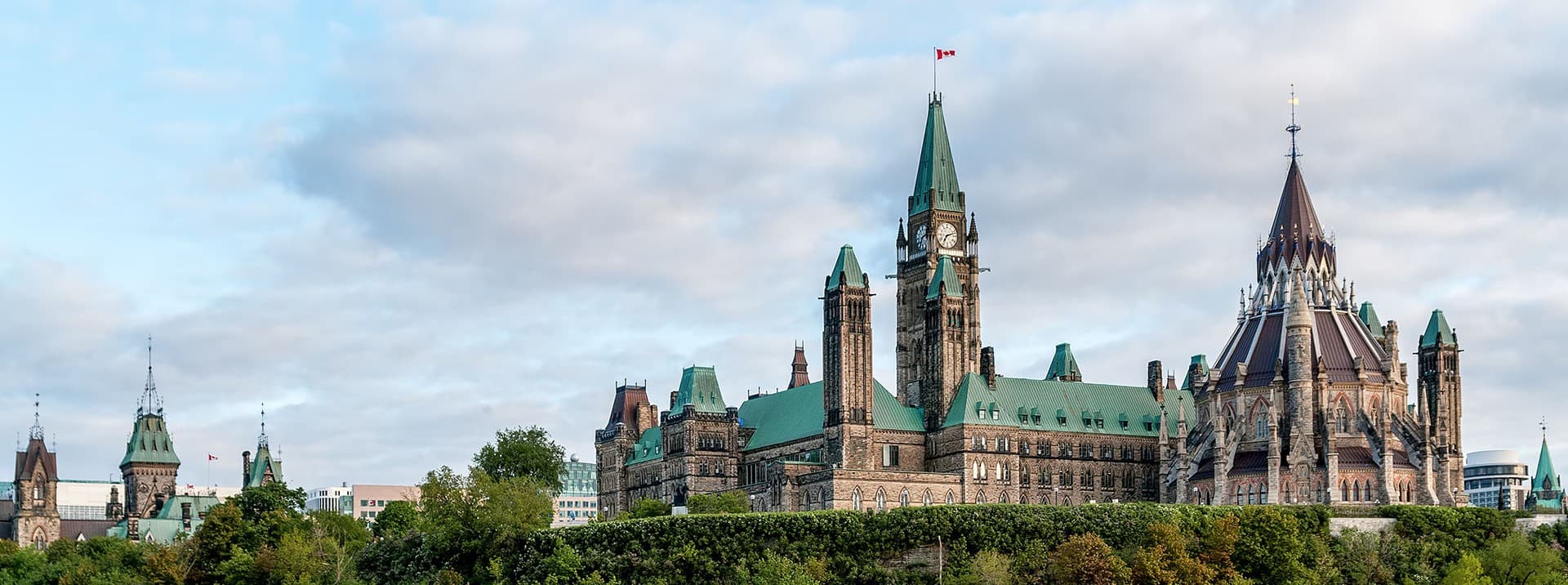
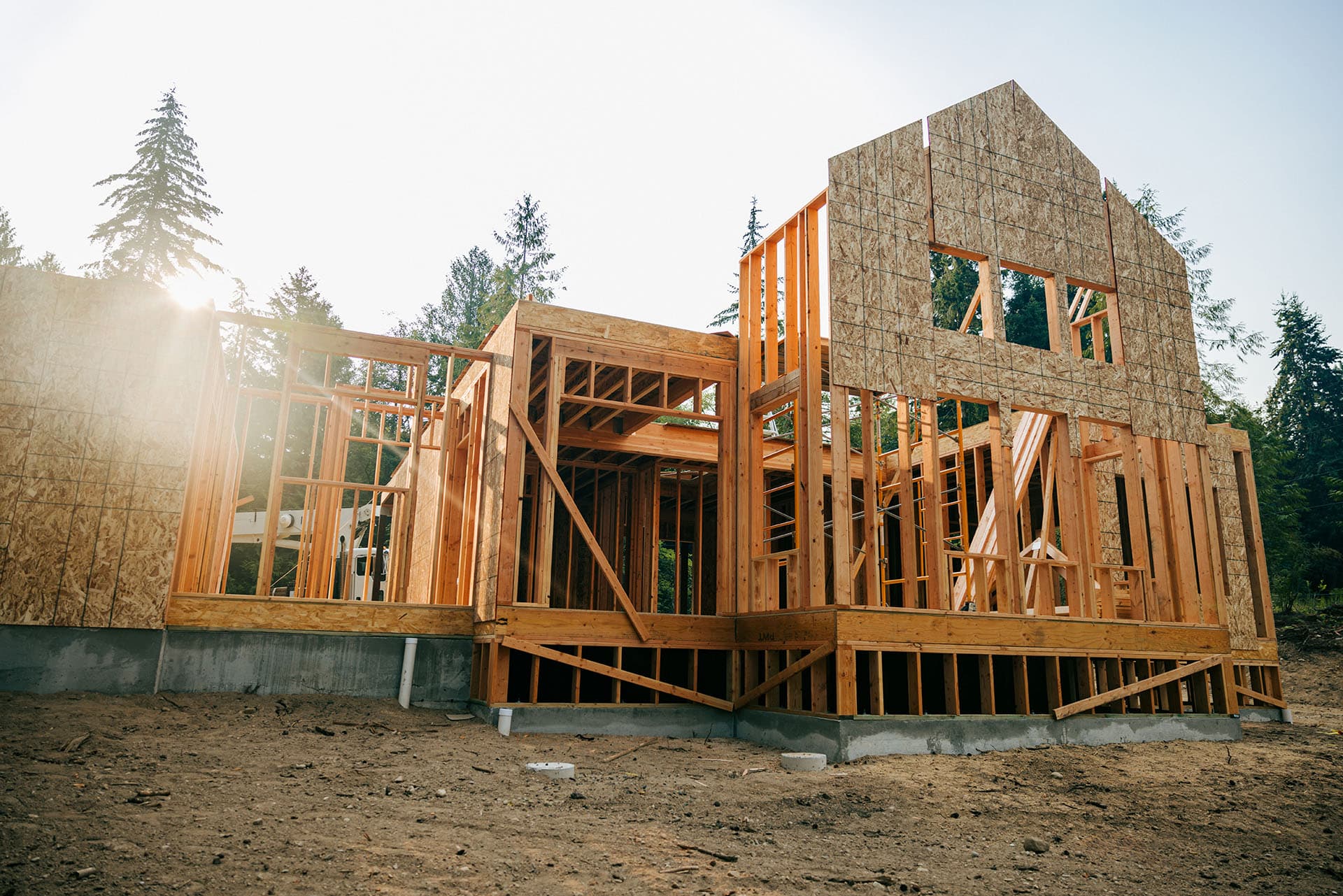
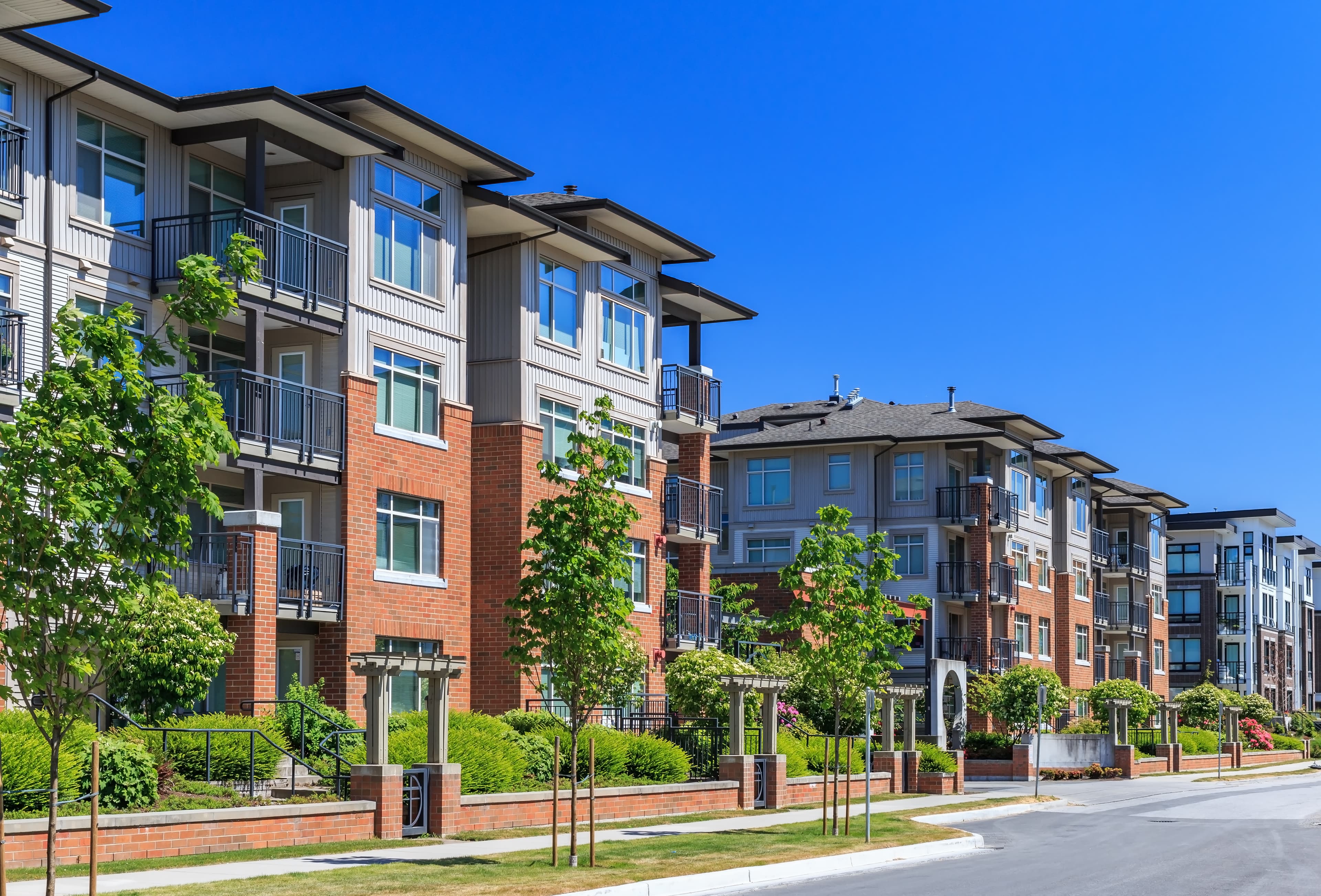

Jul 22, 2025
EP4 - Modular, faster, smarter: How SAMI is redefining residential construction

